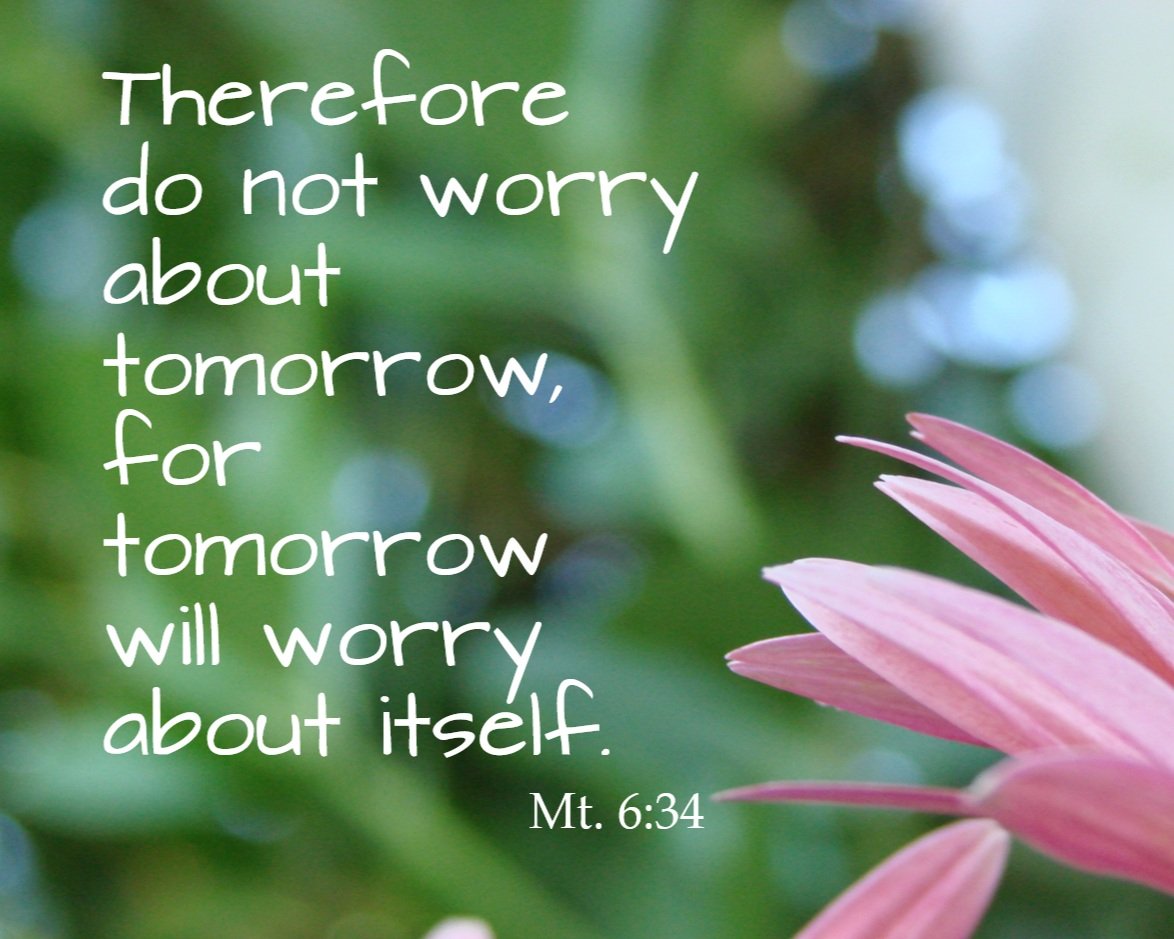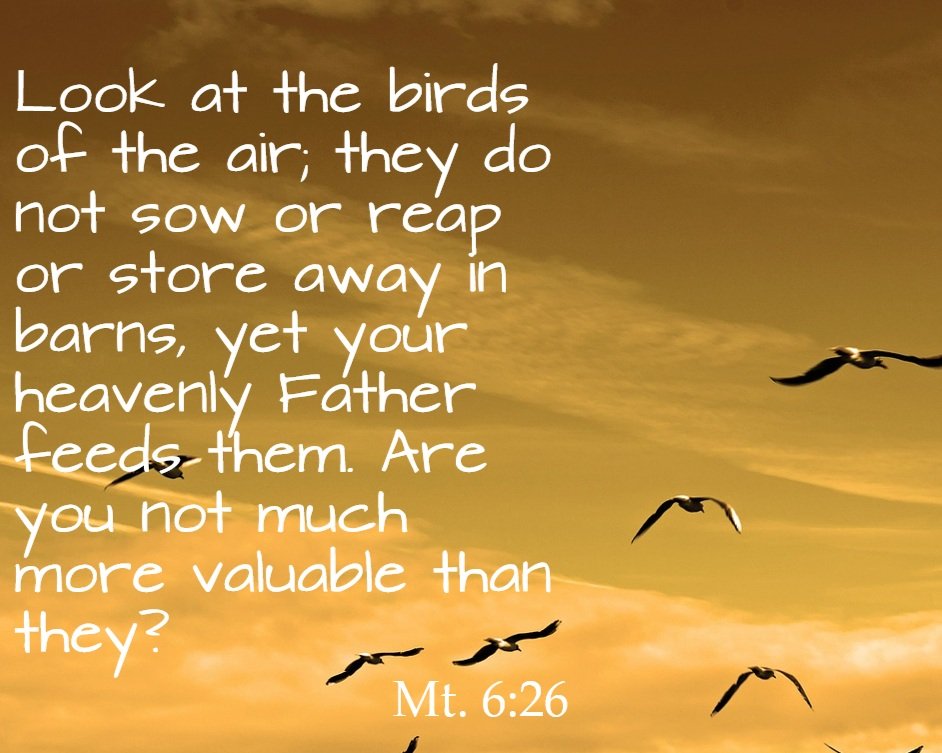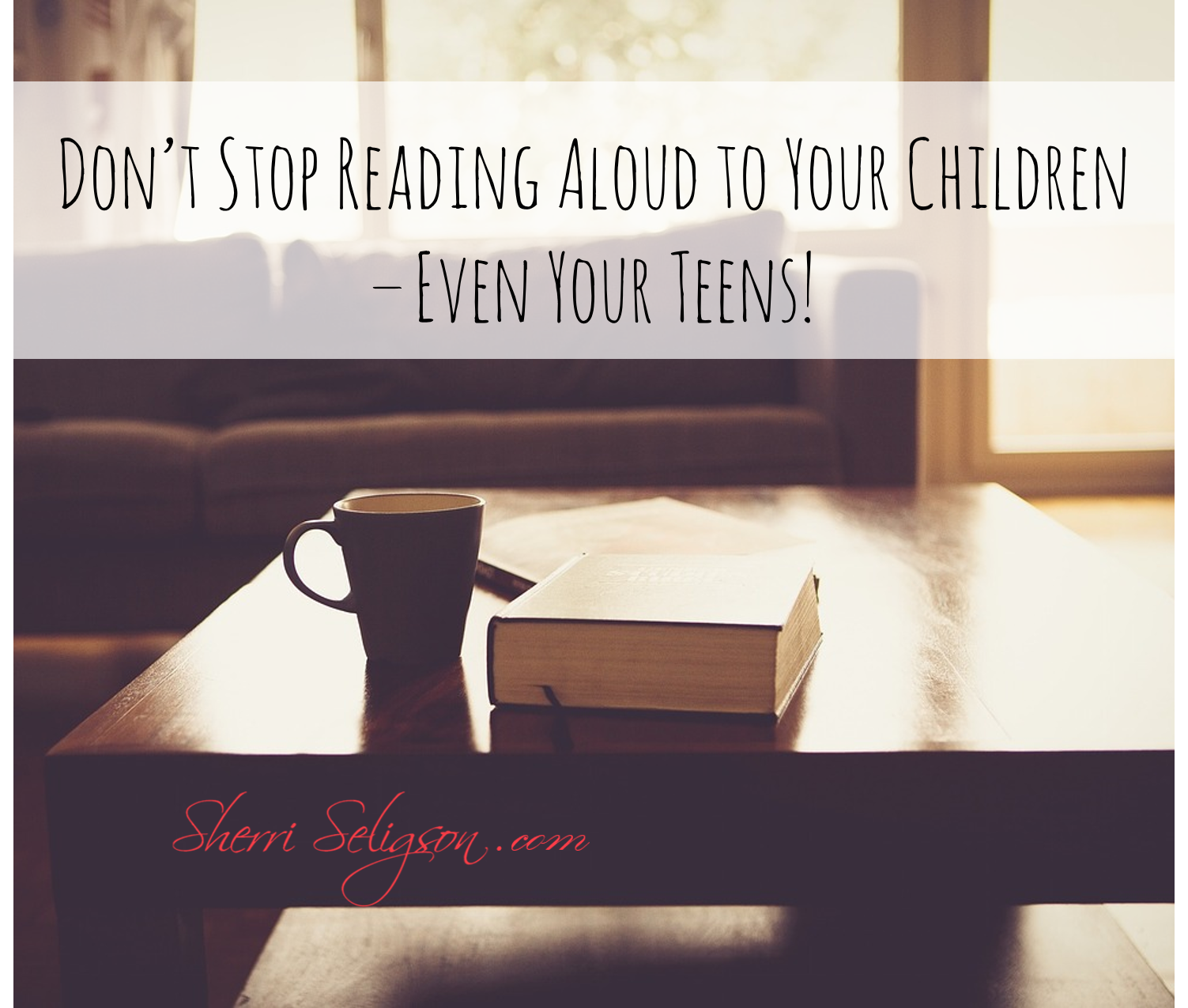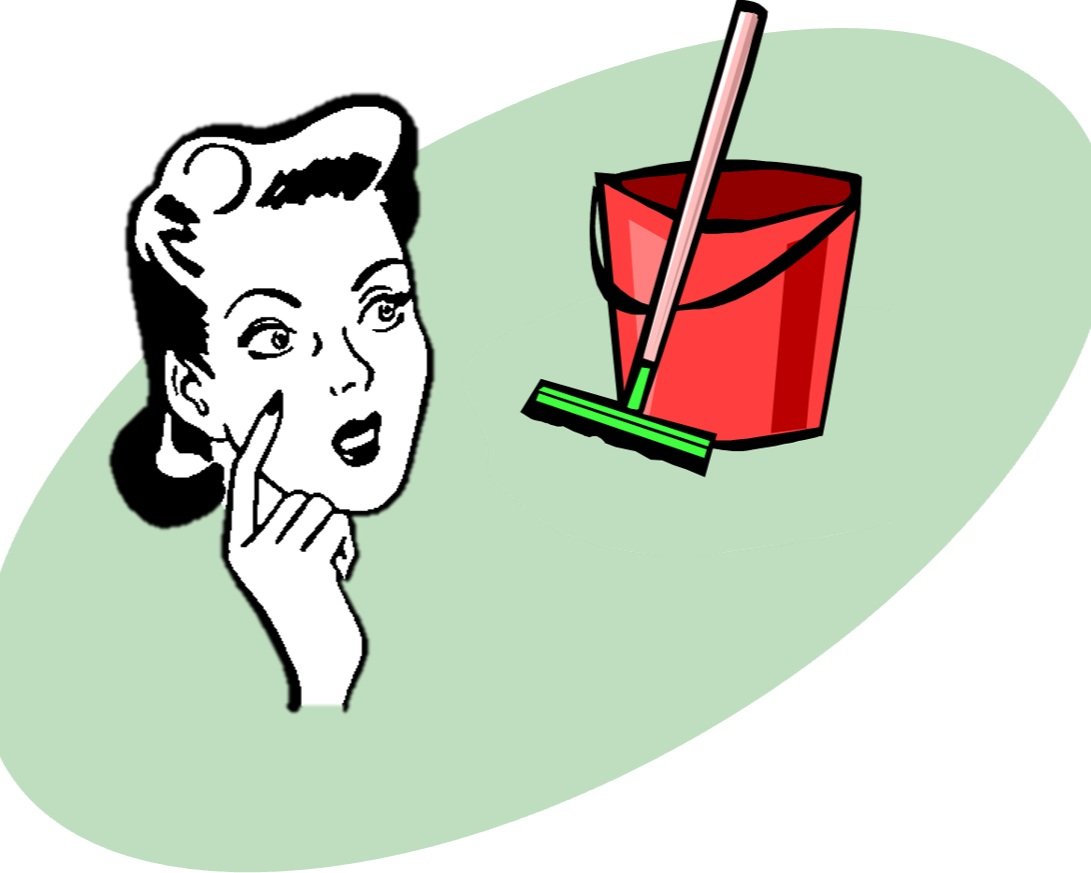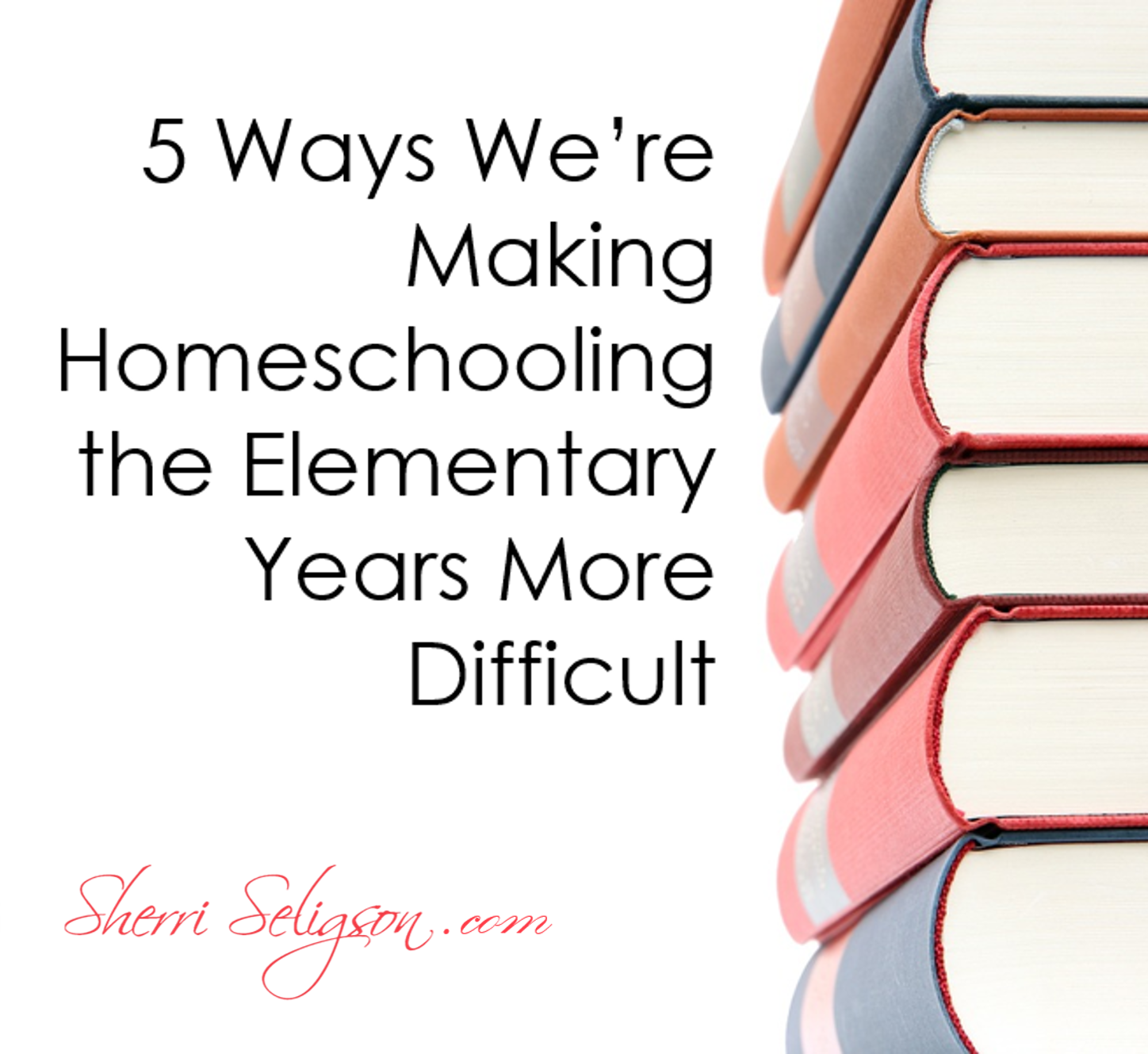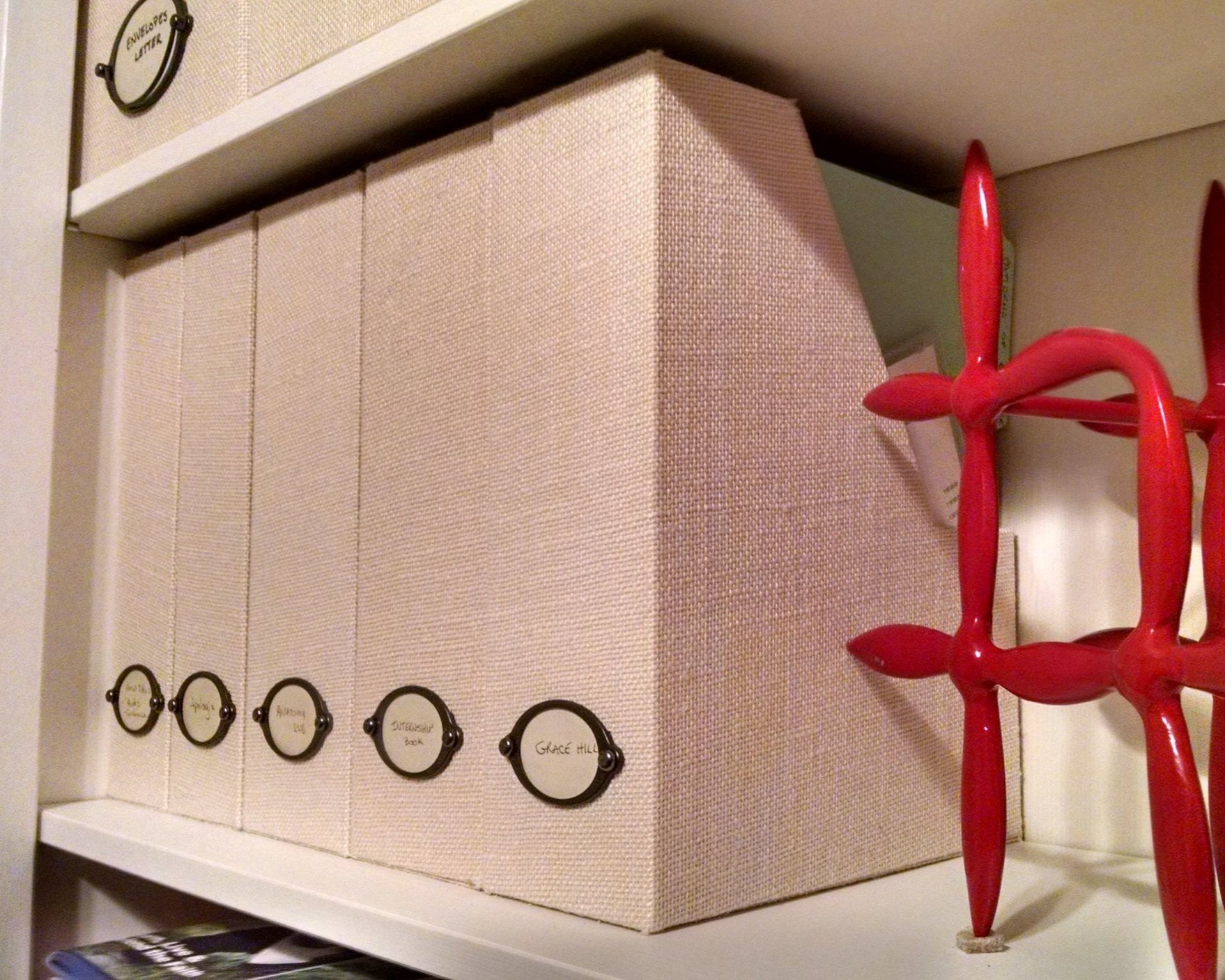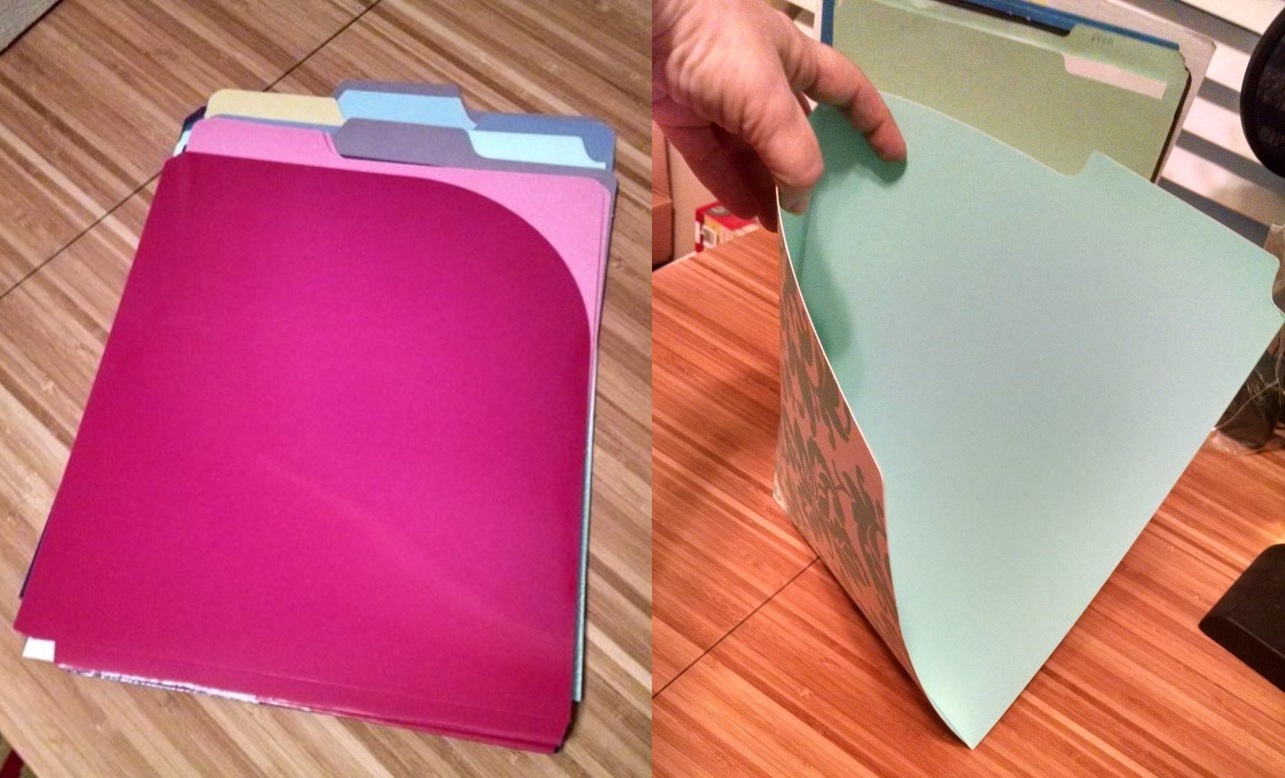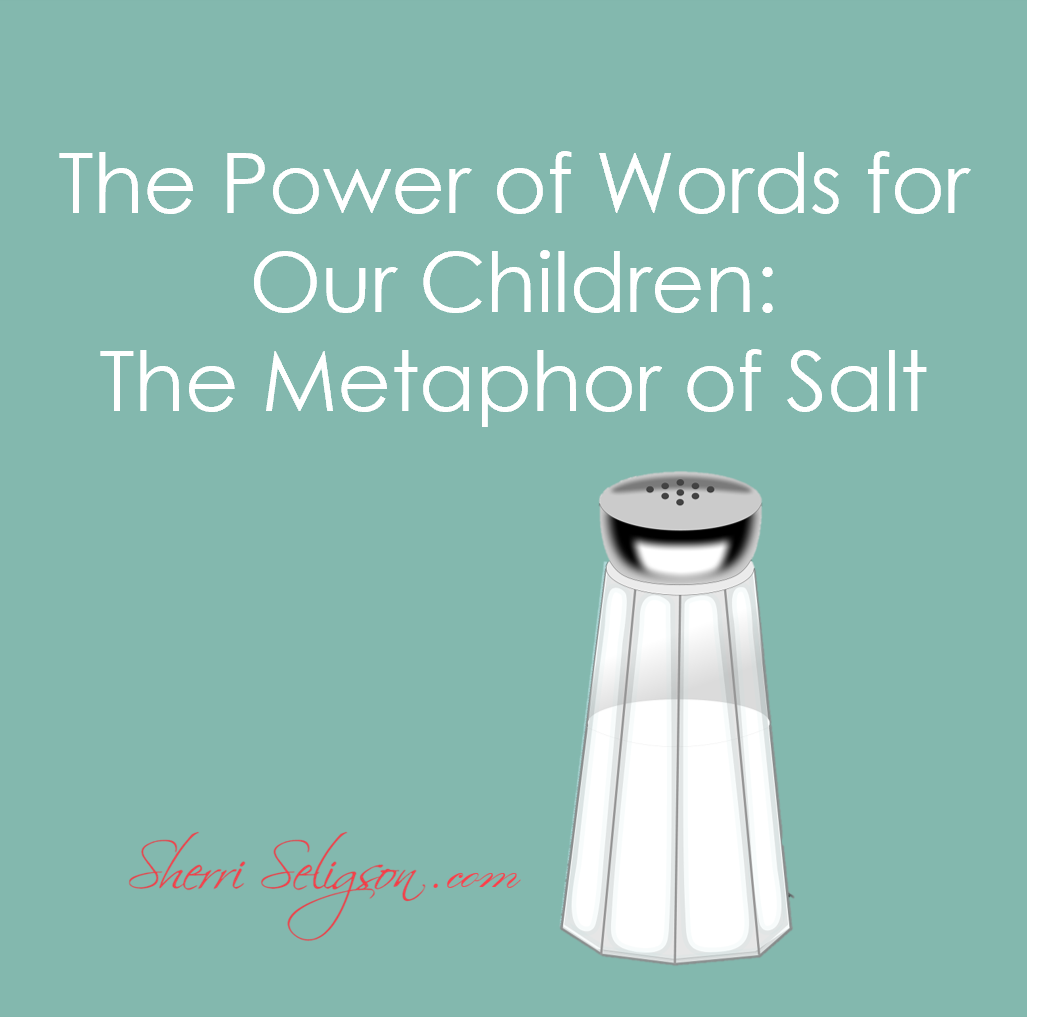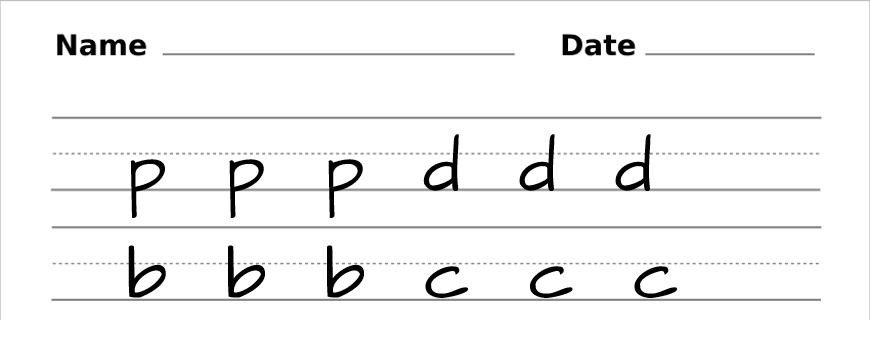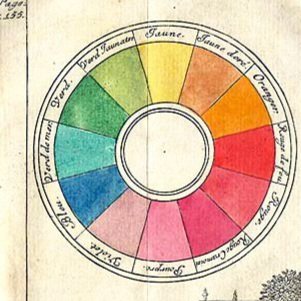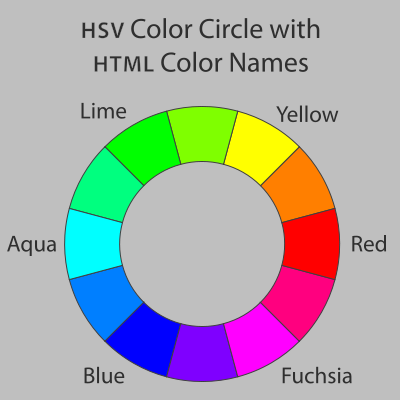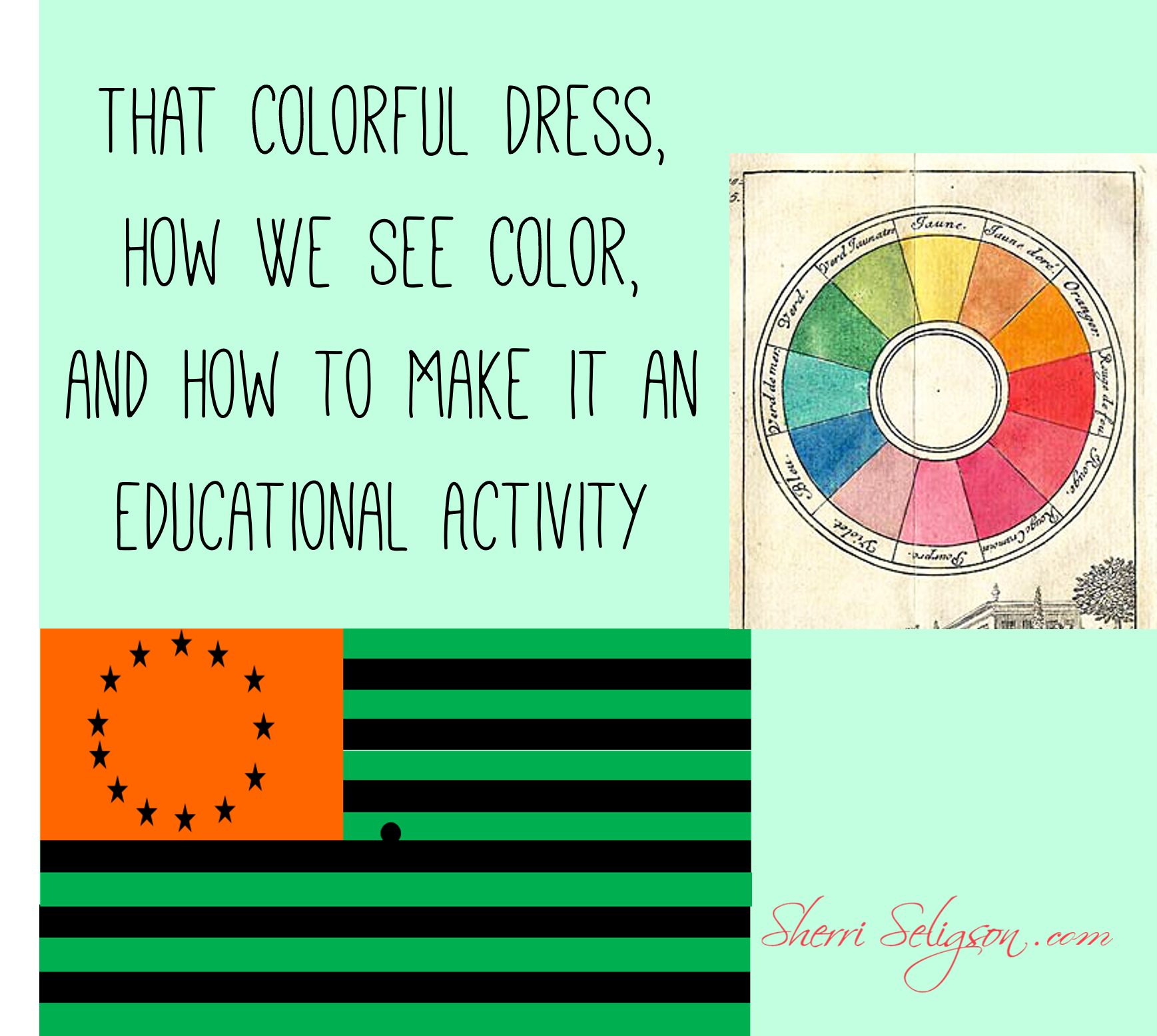
You know when you used to talk with your grandparents they would begin a story with, “Well, when I was your age…”?
Well, I am not a grandma (yet), and I am definitely not YOUR grandma, but I do feel grandparently or parently toward you as a homeschooler. [Yes, I know those two words are not words – don’t correct your older when she is talking.]
When I was your age, the world of homeschooling was bright and new. It had recently become legal in all 50 states, thanks to so many courageous families that had gone before me. I had four little ones, six years apart, and just figuring out how to break out of the mold of making my homeschool look like the public school I knew while I was growing up. We had little desks, a long alphabet poster along the wall, and even a white board.
There was little curricula available to homeschoolers, so I used the library as one of my major resources for our education. We were there at least twice a month, gathering a large basket of books. When we got home, the kids disappeared, taking an armful of books and poring over them under the dining room table or on the couch or on their beds. They would often cuddle together, the older one reading to the younger ones.
Sometimes the older ones liked to hear the younger ones “read” to them, making up words as they looked at the pictures. What creative minds they had! I enjoyed hearing the giggles.
Fast forward to present day. As I travel to homeschool conferences around the nation, I am finding moms who are totally stressed out, ready to throw in the towel because this deal is just overwhelming. So I ask them, “How old are your children?”
“Four and six.”
What? Why are you so stressed out? This is the time in their lives when learning is so much fun. They are full of wide-eyed exploration. Granted there needs to be some reading, writing and ‘rithmetic in the mix, but there is so much time to spend on fun stuff as you build those skills.
What happened? Why have we made homeschooling so hard?
Some of it is due to real concerns, such as preparing them to become good readers and giving them a good foundation in their math facts. But what about these?
1. History and Science Buffs
I know history and science are fun and fascinating (After all, I am a scientist. I love the stuff!) Who can resist learning about mummification or dressing up as medieval lords and ladies? Building toys, balloons, baking soda, and vinegar can easily fill the day with awesome science education. But why do we feel like we have to teach our children everything about everything before they reach the fifth grade? Are they REALLY ruined if they didn’t yet learn about the ancient aboriginal culture of the Maori or the particle/wave theory of light? We feel the pressure to cover all of our bases, so we are tempted to purchase hundreds of dollars of history curriculum with elaborate notebooks and writing journals. We switch science curriculum each year to find the perfect one that will make our littles into Einsteins.
I fell into the stress of this, too. Overhearing a family talking about how their children could recite portions of Beowolf in its original language caused me to make a beeline to my credit card so I could buy the curriculum they were using so my kids wouldn’t be missing out. That curriculum sat on my shelf for years before I finally cracked it open. It turns out we had covered most of what was in there by that time, and what we hadn’t, we would do in middle school. You see, the elementary years are for building foundational skills of the three R’s.
I’m not saying you shouldn’t teach them anything else…history and science ARE important…but we should look at them as ways to reinforce our children’s reading, writing, and logic skills. I’m just saying that we create for ourselves little worlds of stress and frustration when we feel the weight of teaching everything.
Plan well and stay focused. Don’t worry about what everyone else is doing.
2. Curriculum Overload
Well, they say the one who knows best about a problem area is the one who has that problem. I confess. I am a curriculum junkie. I LOVE looking at (and buying) new curriculum. There is just something fun about a new lesson plan, along with the promises that are made, telling me that my child will complete this program as a genius.
This is especially true when you have an area in which your child struggles. I can’t tell you how many times I strolled down the homeschool convention halls looking for the “fix-my-broken-speller-in-a-box” curriculum. I think we tried a different curriculum each year because we just weren’t seeing progress in this area.
Granted. That is one of the things I LOVE about homeschooling. If a curriculum doesn’t work for your child or your family, you have the blessing to make the executive decision to change it. And that’s great! But I was so easily drawn by the siren song of new curricula that, at least for some subjects, I felt like we were in a perpetual learning curve.
3. Testing
Yes, we need to test them. At least eventually. But do we have to do it after every lesson? It IS important for us to make sure they are understanding the material we are covering, but in the elementary years, they often remember that material better if they draw and color about it. If they make a diorama showing what was learned. If they present the information to your family, dressing for the occasion, preparing posters for showcasing, and practicing how they are going to present it.
When we build up everything they learn to the final climax of “Now let’s take a test to see what you remember,” then believe me, the excitement for learning tends to become yet another stress.
They may start to think, Let’s go slower through this so I learn less so I have to remember less.
Whoops. That’s not what we want, is it? Now, I’m not saying we should never give them tests to see progress. Testing is a common convention and thus a skill they need to learn. But we can definitely overdo it!
4. Sports
Do I have to elaborate on this one? I could go into the stress of performance because “Dad was so good at this when he was your age.” Or I could talk about how, between practices, games, and multiple kids going multiple places, sports can make families split themselves into whirling tornadoes. Add to that the pressure to focus on a single sport and the “need” to start younger and younger, and we are getting kids with long-term sports-specific injuries at much younger ages. I personally know several little ones who have already blown out pitching elbows or volleyball knees. And all for that beloved college scholarship?
Let me tell you. Having had a child in a club sport for a few years quickly showed us that we could take that money we were spending on the “privilege” of being in a club, coupled with travel and equipment (and injury) costs, and invest that money so that our child would have her college costs paid for!
5. Pinterest
Yes, I have a Pinterest account. I love Pinterest. But Pinterest can be a deceptor. It draws you in with its lovely images of monster truck birthday cakes and printing press how-tos. Then when you buy into its temptations, you either have a mess on your hands or you have invested a full week into making this stuff do what it’s supposed to.
In the Pinterest world, every meal is nutritious and elaborately (impossibly) decorated. The only one I think I got right was Sherman’s burning of the South. It was an accident, but hey, let’s at least pretend that my burnt grilled cheese sandwiches had an educational theme.
Pinterest also tells us that we can sew gorgeous clothes for our children out of shreds of newspaper and banana peels. We can make our own home decorations, too, so that when we document our lives in weekly planned photo shoots, our children will look amazing.
Now these are only a few of the things that I think make us stumble as we endeavor to educate our children. Can I just sum up by saying that we are looking for progress each YEAR, not day by day conquests. We’ll have lots of ups and downs through the year as we train and educate. We are looking to build up godly men and women who will go out one day and boldly serve the Lord in whatever He has called them to do.
And the road it takes to get them there is not peppered with rose petals (at least most days). Let’s give ourselves and each other a break and see things in the big picture.
Really. Some days I felt accomplished if my kids were fed and the house didn’t burn down. Well… at least if it did burn down, I could always call it my depiction of Sherman’s burning of the South again, right?





